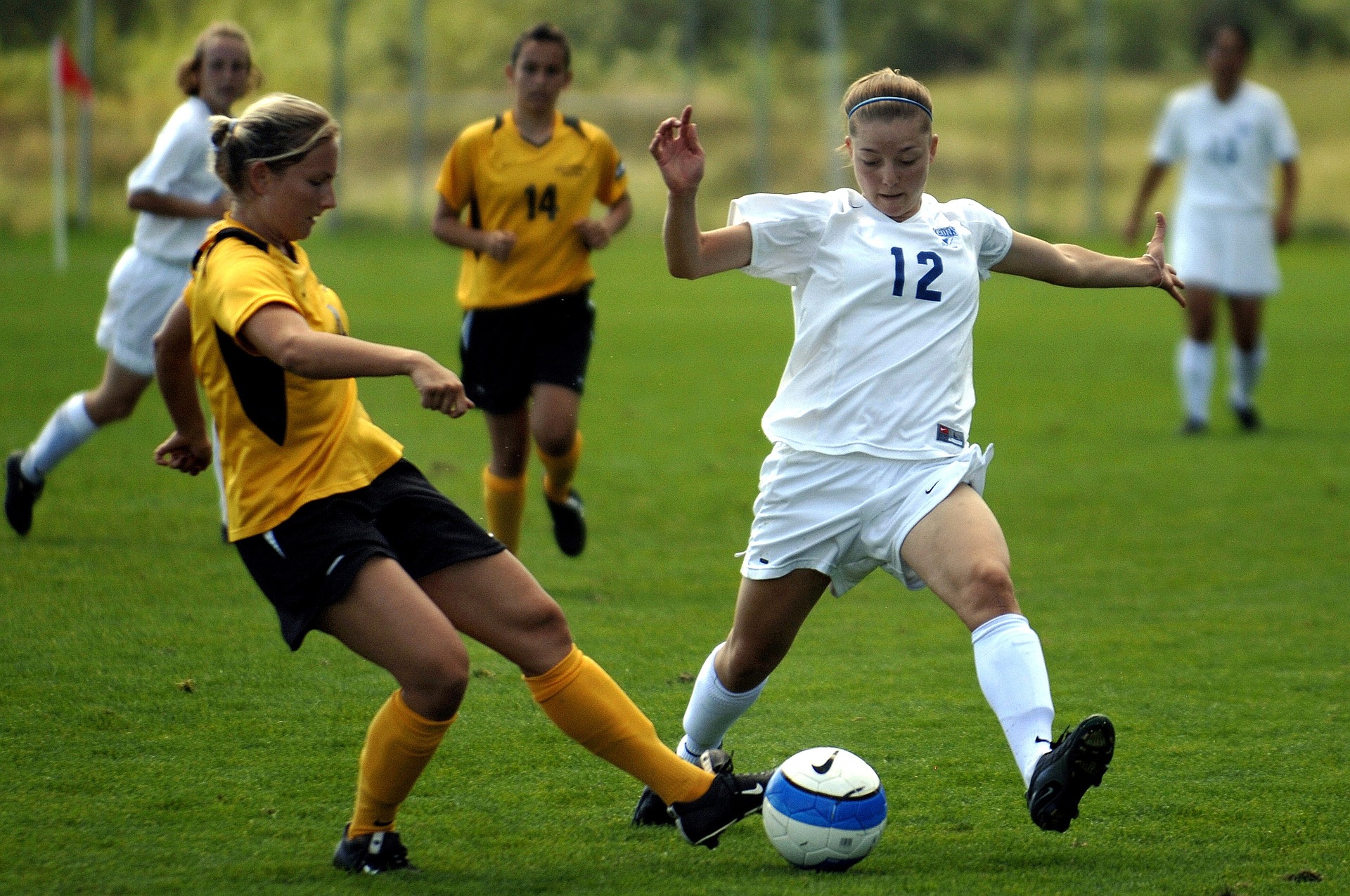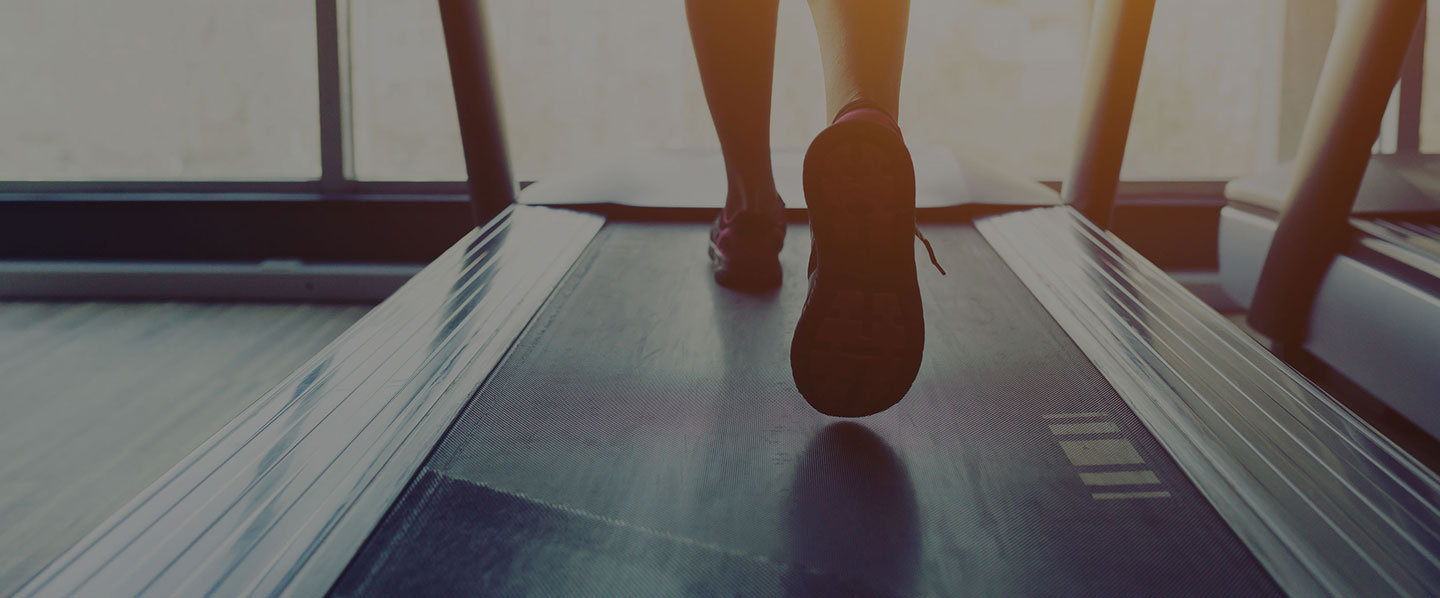
Strength training to complement team sports
As a football player, (the round ball, the real type) I had always prioritised cardio and kicking a ball around ahead of any other type of training. It wasn’t until I began working as a personal trainer that I began to realise the importance of strength training not only to complement my football training, but mainly to build the foundation to be able to perform to my potential on the football field.
Football can be a gruelling game, especially considering how in the ‘Sunday league’ style of game that I play, it is rare that we can pull enough players together to allow ample rest for each of our players. This usually means many players are required to play 80-90minutes each game. The duration of the game aside, football involves lots of short, sharp bursts of movement, impact in the tackles and many changes of direction.
Some of the most common injuries in football are; ankle sprains, groin and hamstring strains and anterior cruciate ligament (ACL) injuries. With this in mind, it is important that players are on top of their strength and conditioning work as well as their cardio to ensure that their muscles and joints are up to the task of getting them through the season injury fee!
I’ve played football from a young age and despite being lucky enough to avoid any major injuries from playing, I have always fallen foul (pun intended) to the odd niggle here and there. I would even say that the groin strains, tight quads and sore hamstrings have caused me more issues than any major injury would have.
I now understand the importance of breaking down the movements involved in the game of football and incorporating them into my strength training. Running is important for my physical health and preparation for the game, but I also find great value in running for my mental health too. However this sometimes means that I focus too hard on my running and lose sight of the bigger picture and struggle to balance my training accordingly, which results in those niggles I mentioned earlier (I am nursing ‘runners knee as I type!).
With guidance from my trainer, I focus on my areas for improvement that I can identify when I reflect on each football game after the final whistle. For me I am satisfied that I have ‘the engine’ to continue to run for a full 90 minutes, but I struggle with the more technical aspects of the game. I lack power when striking the ball and I struggle with fast, explosive movements. Because I have pinpointed these as areas to improve in my game, it is important that I consistently incorporate these into my strength training programs.
We place a large emphasis on programming exercises that focus on the muscle groups that make up the posterior chain, namely the hamstrings, calves, lower back, glutes and rear delts.
This means that my strength sessions often look something like a little this:
Session 1: Larger compound movements such as squats for depth and deadlifts focussing on power from the ground, as well as incorporating accessory activities such as seated row and lat pulldowns and/or lat flares.
Session 2: Single leg work including leg press and pistol squats and explosive movements including jump variants such as single and double leg box jumps.
Finding a balance between strength training and cardio has allowed me to see great improvements in my game as well as allowing me to play for longer without sustaining injuries.
Amy Webster.


